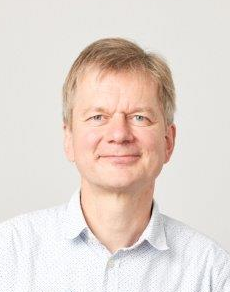Hannes Reinecke (SUSE)
Modern peripherals are becoming faster and faster; for Ethernet, 100GbE is no longer uncommon and for FibreChannel, 32G is the standard. Infiniband increases transmission speeds even further, first prototypes already can run at 400Gb/s. All of these peripherals are connected using PCIe with a net data throughput of 31.5 GByte/s (PCIe Gen4 x16), but they have to work in coordination with CPUs which did not manage to exceed a frequency of 4GHz for years.
Interesting questions for the design of an operating system result from this:
- How can we design hardware to most efficiently use the available bandwidth?
- How can an operating system be adapted or designed so that it is capable of processing arriving I/O data?
This talk discusses problems inherent in modern computer architectures using high-performance I/O and possible solutions using the Linux I/O stack as an example.
Dr. Hannes Reinecke (SUSE)

Hannes Reinecke graduated with a diploma in Physics from Heidelberg University in 1997, where he specialized in image processing. Subsequently, he was a PhD student at Heriott-Watt University in Edinburgh and graduated in the field of Numerical Fluid Dynamics in the year 2000.
During his studies, Dr. Reinecke first encountered Linux in his work as system administrator at the Mathematical Institute of Heidelberg University. He currently works as Storage Architect at SUSE Linux in Nuremberg and heads a team responsible for maintaining the I/O stack in SUSE's Linux Enterprise Server product.
Reinecke uses Linux since its early days (version 0.95). Since then, he contributed to its development and is one of the core developers for the Linux kernel's SCSI and NVMe stacks.
In addition to storage (SCSI, FC, NVMe), his interest include areas such as booting, virtualization, mainframes and distributed systems.
